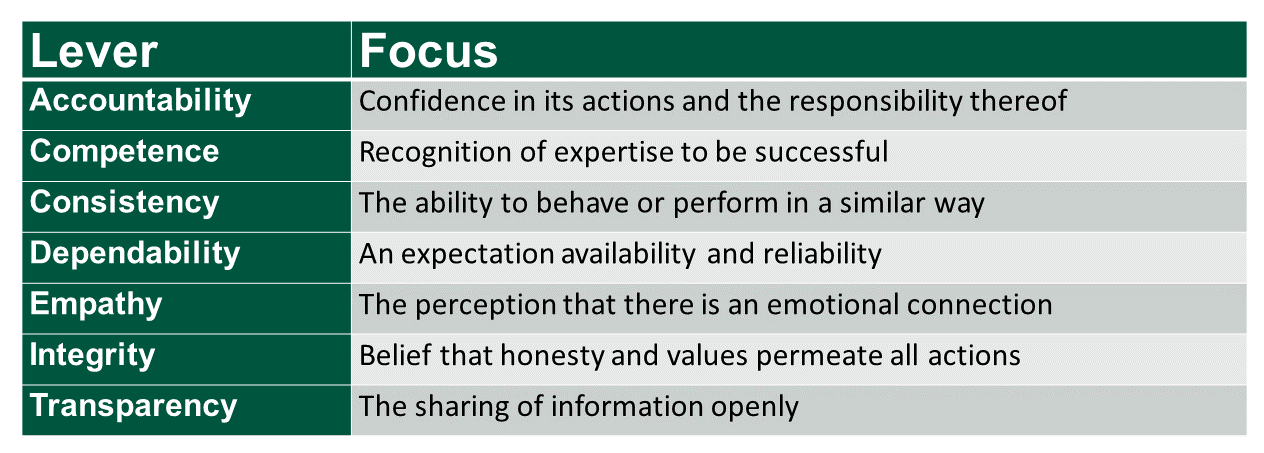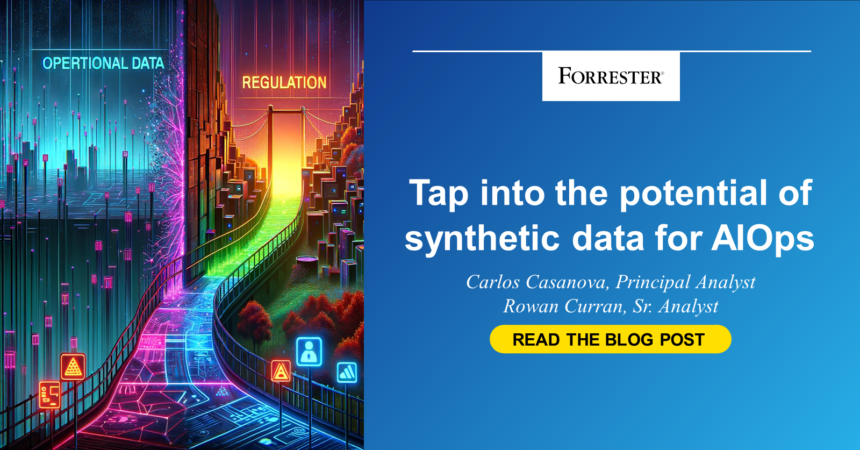AI/ML-driven solutions continue to expand for IT and digital operations. However, such solutions require access to data that may be difficult or impossible to access for model training purposes. Leveraging synthetic data will help with the critical time to realize AIOps value, such as powerful autoremediation capabilities and enhanced decision-making.
The report Generative AI And Synthetic Data Will Help Deliver The Promise Of AIOps that Rowan and I published summarizes generative AI (genAI) survey results and how genAI will benefit AIOps and observability implementations. More specifically, it speaks of how the models need time to learn. To nobody’s surprise, they need high-quality relevant data. Additionally, they need to be adaptable but what was a bit of a surprise to us, was that using synthetic data to alleviate these challenges is not wide spread.
Great advances have been made, but there’s a long road ahead.
The usage of AI-based solutions to perform daily activities is growing as demonstrated in the AI decisioning platforms and AI/ML platforms Waves. There’s more to do, however. AIOps and observability models require time to learn from high-quality data in order to deliver autoremedation, root cause analysis and other AI/ML driven capabilities. For these and other IT solutions to succeed in taking advantage of ML capabilities, high-quality data must exist in sufficient quantities for advanced analytics and data science techniques. However, the IT landscape is an ever-evolving environment where useful data is time and resource-intensive to source, and often unavailable, incomplete, or technically inaccessible, especially in new settings and deployments.
Stability and resilience of AI models must first be proven to the skeptics
Trust is a term that is of course not new, but it is ever more important to the adoption of AI/ML-driven solutions like AIOps and observability. Stability and resilience are important as is the adaptability of the models. AIOps efforts will have difficulty reaching their full potential if a strong bond of trust is not established in these solutions. But trust has many dynamics that must each be guarded if the adoption of AIOps and AI/ML-driven solutions are to continue. Forrester speaks to trust in the form of seven levers. Below is a table that lists the seven levers of trust and an abbreviated description of what each lever focuses on.

There are three key points that synthetic data can directly help when developing and deepening AIOps models. The models must be stress tested in a way that matches and can handle the dynamic nature of fast-paced businesses. All models are biased and that is unavoidable. Therefore, early identification of bias and then deliberate use of synthetic data to mitigate the bias can help avoid countless problems. Lastly, Zero Trust has greatly improved an organization’s security posture. Utilizing synthetic data to better understand potential weaknesses and vulnerabilities in the AI models could really take enterprises to the next level.
The untapped potential of synthetic data is real for AIOps
Work smarter, not harder applies here. We don’t need more operational data, we need to understand the data we have, how to best use it and how to fill in the gaps with synthetic data. This concept has not yet taken on a broad hold however in enterprises with only approximately 50% exploiting synthetic data. This is why vendors will likely be leading the way for the foreseeable future. Enterprises are using generative AI in very diverse ways and as the levels of comfort with synthetic data grows for training, novel use cases will surface. The opportunity to leverage synthetic data more heavily is too great for IT professionals to not prepare for it. Some have already, is that you or will you be left behind?
Join the Conversation
I invite you to reach out to me through social media if you want to provide general feedback. If you prefer more formal or private discussions, email inquiry@forrester.com to set up a meeting! Click Carlos at Forrester.com to follow my research and continue the discussion.








